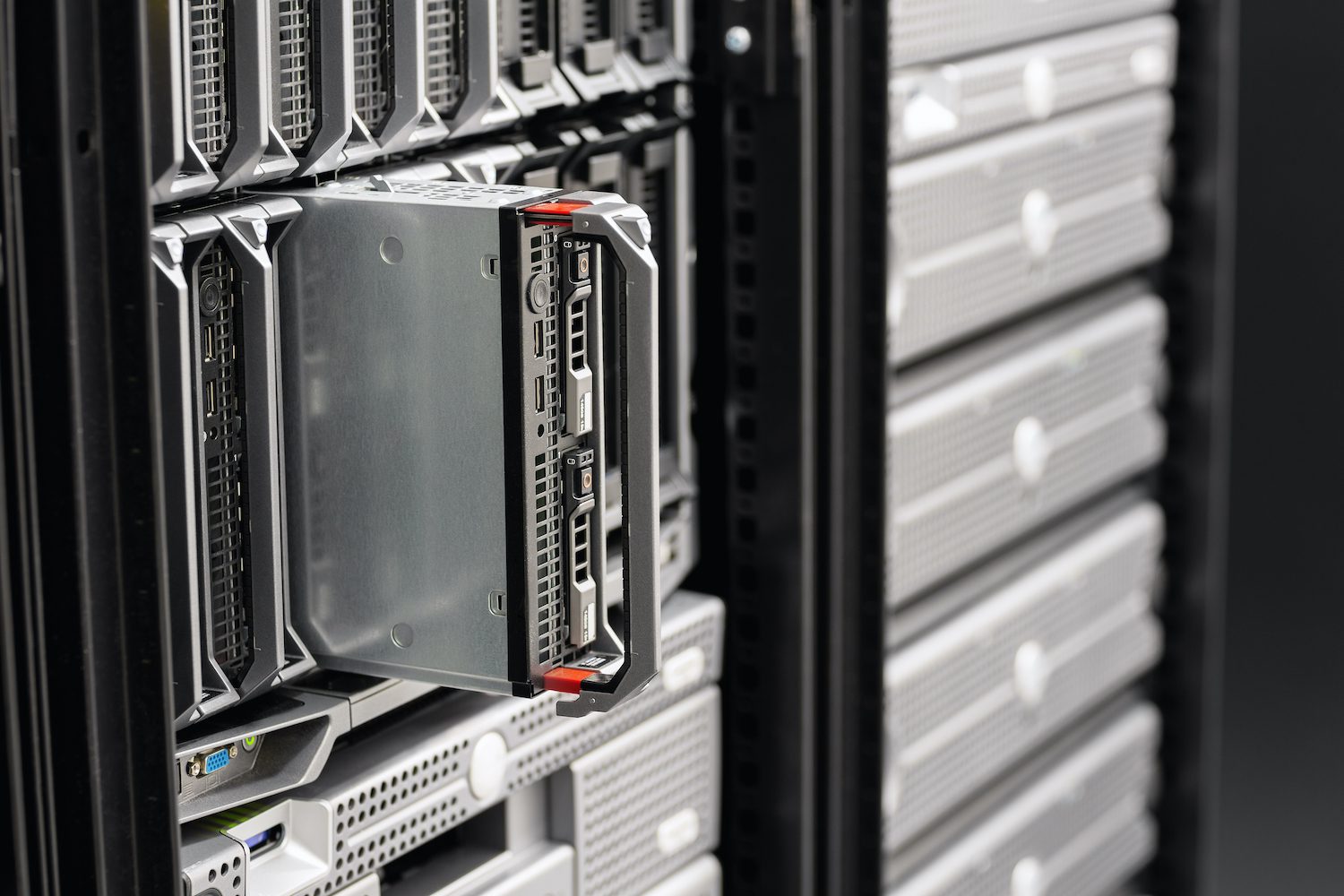Cisco® ACI Multi-Site and Multi-Pod.
Lumos presents seamless ways to interconnect and manage multiple data sites from a central platform. Learn about the Cisco® ACI Multi-Site and Multi-Pod and how they streamline organizational operations.
Lumos presents seamless ways to interconnect and manage multiple data sites from a central platform. Learn about the Cisco® ACI Multi-Site and Multi-Pod and how they streamline organizational operations.

Cisco® Application Centric Infrastructure (ACI) was introduced in 2014. Less than a decade later, it has evolved into a major contender in software-defined networking systems. Cisco® ACI services now include ACI Multi-Site and ACI Multi-Pod, which are specifically used by businesses with multiple data centers.
ACI Multi-Site and ACI Multi-Pod help your business expand and interconnect data centers across different cities or counties. They support your business through seamless connectivity and optimal security.

Cisco® ACI makes property scaling and data center network expansion more manageable through ACI Multi-Site and ACI Multi-Pod. These options provide flexibility in how you handle data centers in multiple centers. But they have different approaches.
Lumos shares a quick overview of what each Cisco® ACI architecture is most suitable for.
The ACI Multi-Site architecture provides complete isolation at the network and tenant change domain levels. It’s a combination of two or more ACI fabrics — each considered as a separate availability zone — that are managed as one unit through the ACI Multi-Site Orchestrator.
This type of architecture is typically used for the interconnection of independent, geographically-dispersed data centers. It also supports disaster recovery scenarios that involve IP mobility.
Here are the highlights of this ACI Multi-Site architecture:
Each ACI fabric is a separate availability zone. So any network-level errors and configuration errors won’t affect other availability zones within the Multi-Site system. This helps you minimize business disruptions.
Like Multi-Pod, Multi-Site uses VXLAN for data-plane communication. But it handles multi-destination traffic using head-end replication. This streamlines the requirements of the upstream Inter-Site Network.
A data center network provides steady communication paths for modern applications. ACI Multi-Site accommodates Layer-2 and Layer-3 adjacency connectivity requirements without affecting multi-destination traffic.
ACI Multi-Site introduces a new component called Multi-Site Orchestrator, which basically acts as a centralized virtual point that monitors your ACI sites and applies new configurations to multiple sites at the same time.
The ACI Multi-Pod architecture expands pre-existing ACI fabrics without deploying new fabrics. An ACI Multi-Pod fabric includes 2 to 12 ACI pods connected by an Inter-Pod network and managed by a singular APIC cluster. It provides the scalability and resiliency that the earlier “Stretched Fabric” ACI design could not accommodate.
This type of ACI architecture is best used for improving the scalability of large data networks.
Consider these reasons for investing in the ACI Multi-Pod:
Your organization experiences maximum resiliency across all pods within one ACI fabric. It extends your data center network at minimal costs.
All pods within the Multi-Pod are interconnected by a singular IP-routed Inter-Pod Network. This ensures seamless communication among all pods.
An ACI Multi-Pod topology essentially acts as one ACI fabric. Each fabric and its interconnected pods serve as a singular administrative domain.
A Multi-Pod fabric is a single availability zone but each pod has its own set of control-plane protocols. Failure in one pod won’t affect another.

The choice between the deployment of ACI Multi-Site or ACI Multi-Pod depends on the nature of connectivity between your data center locations.
An ACI Multi-Pod deployment is recommended within a single building or on a school campus where the maximum latency between pods is 50ms.
Meanwhile, the ACI Multi-Site architecture is more suitable for locations that exceed 50ms latency. Multi-Site can also provide greater data protection through the Cisco® CloudSec technology.
Ultimately, however, Multi-Site and Multi-Pod topologies are separate technologies that can work harmoniously for enterprises and multinational organizations.
Contact a Lumos representative to learn more.